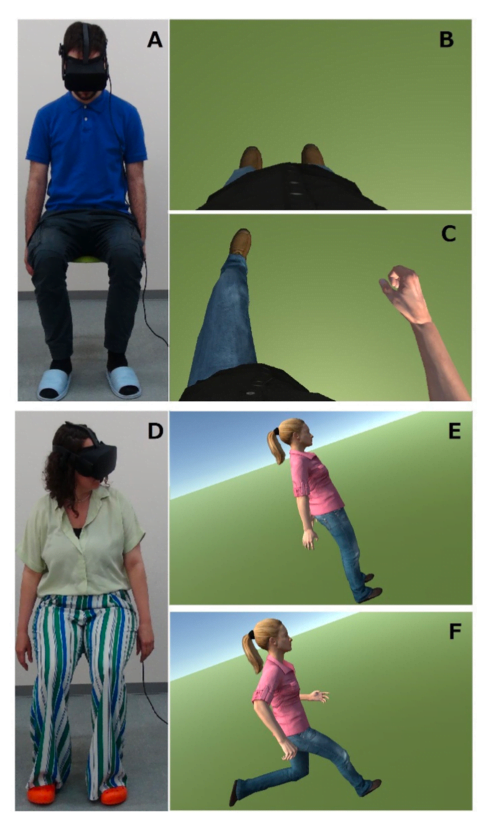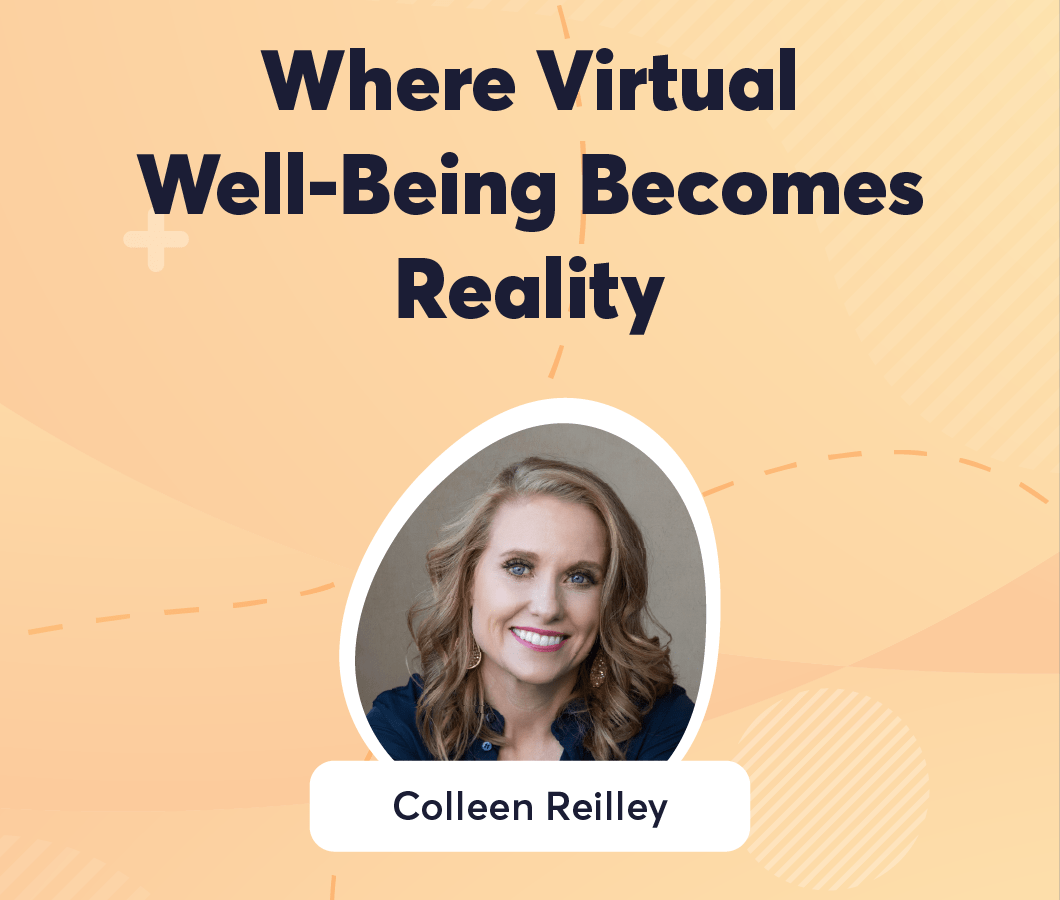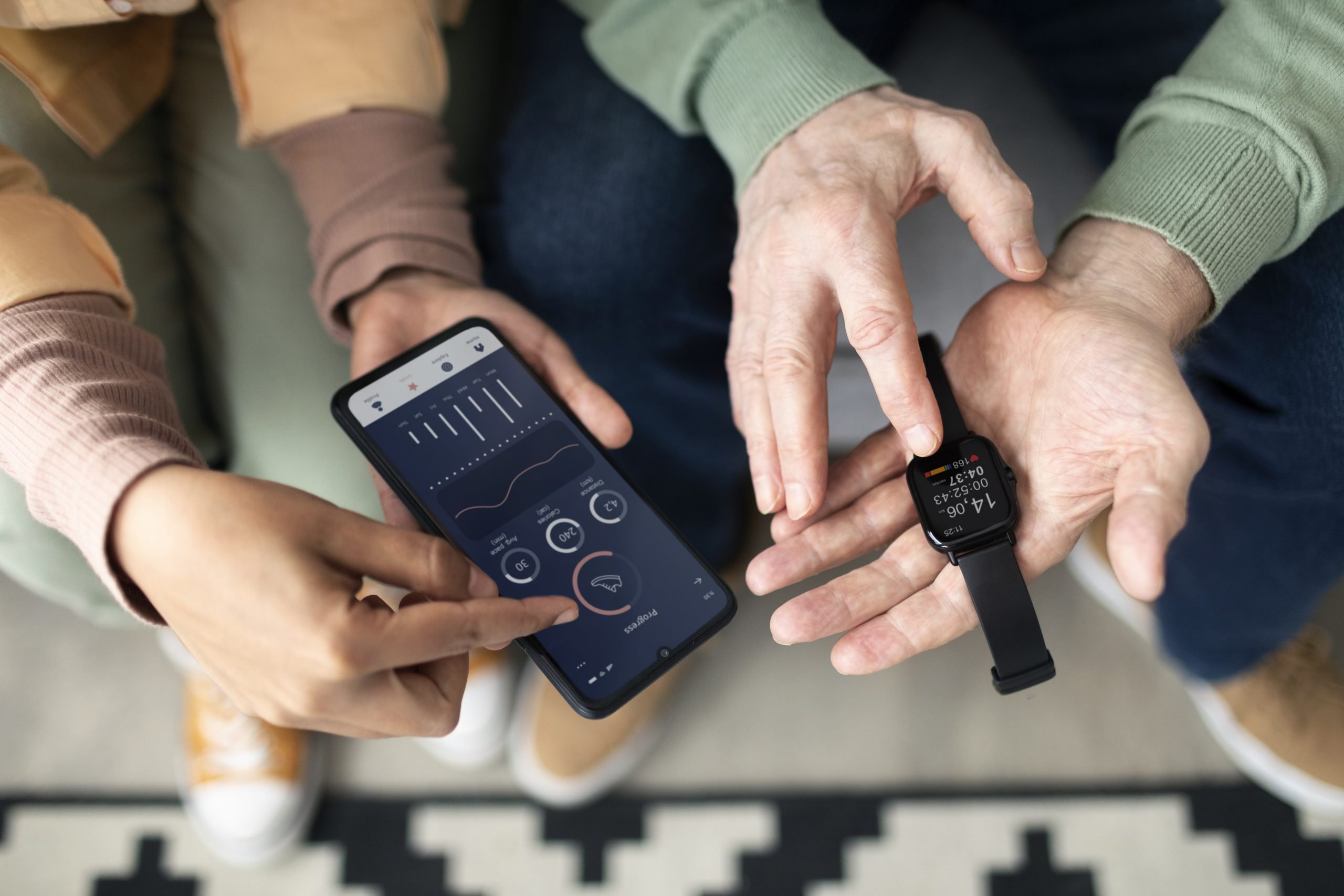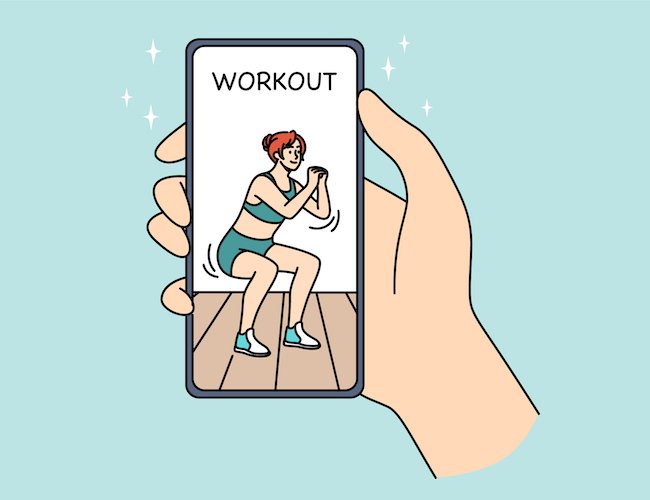While there has been much talk regarding the rise of virtual reality (VR) in the workplace, how to utilize it in corporate wellness programs has remained elusive.
Findings from a recent series of studies stand to change that. A team of researchers found participants who sat and watched an avatar exercise in VR received many of the same benefits as they would have from “actual” exercise, including reductions in stress and anxiety.
Given that exercise is a primary component of workplace wellness programs, these results point to how VR can improve these initiatives today.
Summary Of Studies
To determine whether it’s possible to use VR to obtain some of the benefits of exercise without moving, researchers had participants sit and watch a virtual avatar exercise from either the first-person or third-person perspective.

Subsequently, they tested for various physiological, cognitive, and psychological effects.
Physiological Effects
When examining the physical effects of immersive virtual exercise, the researchers looked primarily at heart rate. They found that heart rates increased in both groups as their avatars began walking or running. However, the effects were more pronounced for the subjects who viewed their avatar from the first-person perspective.
Cognitive Effects
Several studies linked exercise with improvements in cognitive function. To find out if watching a virtual avatar exercise has the same effects, the researchers tested the subjects’ cognitive abilities before and after their “workout.”
The subjects completed what is known as the Stroop task. In this famous test, color words (e.g., red, green, blue, etc.), are written out in different colors. The participant’s job is to read the color that the words are written in, not the words themselves.

The researchers found that participants in the first-person perspective condition performed the Stroop task faster and more accurately after watching their avatar exercise than before. In the third-person group, accuracy, but not time, improved.
Psychological Effects
In another experiment, the researchers examined whether watching a virtual body exercise reduces anxiety and stress.
After watching their avatar exercise, participants were asked to rate their anxiety levels. Researchers also tested for levels of a biomarker of stress called salivary alpha-amylase. The first-person perspective group experienced reductions in subjective anxiety and in alpha-amylase levels.
Limitations
It’s important to note that the studies leave a few important questions unanswered. Most notably, because they did not compare those watching an avatar exercise to individuals actually exercising, it isn’t possible to determine whether the observed effects are equally strong or long-lasting. It could be that while simulated workouts produce physical, cognitive, and psychological benefits, they are short-lived and less pronounced.
Also, some of the measures they used were narrow in scope. For example, the Stroop test is not a comprehensive measure of cognitive abilities. Similarly, the physiological effects of exercise span far beyond an elevated heart rate.
Takeaway
These findings are significant for the wellness industry for several reasons. First, they demonstrate how VR is valuable to employee wellness programs today. Wellness initiatives often focus on the benefits of exercise. Since simulated workouts produce some of these benefits, VR fits right in with the theme of most wellness programs.
On top of that, the studies point to ways in which VR can easily be incorporated into wellness programs. Beyond getting some VR headsets, there’s no need to buy additional complicated technology or organize virtual interactions between multiple users simultaneously. All employees need to do is sit down and watch the appropriate exercise videos.
Additionally, the results suggest that VR can be used to lower the motivational bar for participating and engaging in workplace wellness programs. Despite how popular wellness initiatives are, they often struggle to achieve their desired levels of engagement. Because many may find it easier (and more fun) to strap on a headset and step into a virtual environment than to go for a run in the real world, a virtual workout may be just what employees need to get involved.
The findings also show how VR can make wellness programs more equitable and inclusive. For many individuals, physical exercise is either not feasible or dangerous. These individuals are left unable to participate in the physical activities included in many wellness programs. VR simulations allow these initiatives to continue to include exercise without excluding anyone in the process.
For more information on VR and its role in the workplace, check out Colleen Reilly’s on-demand webinar, Where Virtual Wellbeing Becomes Reality.













